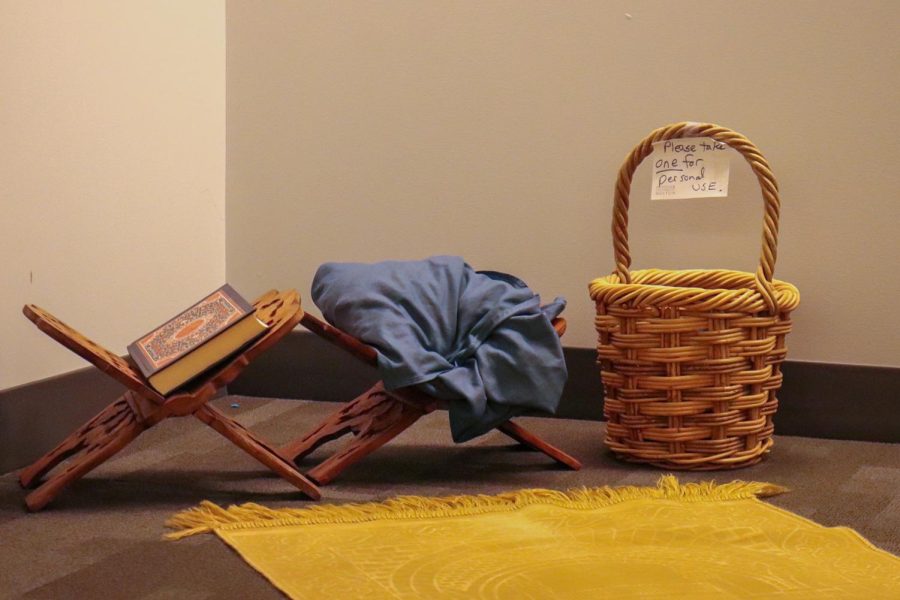By: Heather Rutherford
The month of March marks the transition of one season to the next, known as the spring equinox. Scientifically, an equinox occurs when the sun is precisely aligned with the plane of the Earth’s equator, when the rotational axis is not tilted either toward or away from the sun. Spiritually and religiously, an equinox has a much deeper meaning.
Contemporary Neopagan religions celebrate the holidays Mabon and Ostara, fall and spring respectively. While the northern hemisphere celebrates Ostara this month, the southern half of the Earth is simultaneously commemorating Mabon. This festivity gives way to the fall harvest and Thanksgiving, making survival possible for the winter months. Ostara marks the birth and fertility of spring. The likeness of “Ostara” and “Easter” are no coincidence.
According to Ostara’s homepage from the University of Pittsburg, the English name for “Easter” is derived from the German word “Ostern,” or Eostra, the Germanic goddess of Springtime. The goddess brings fertility and growth to the Earth after several months of cold and harsh winter weather. There are no stories in the Bible about cotton-tailed bunnies or children painting eggs and hunting for goodies. The typical symbols of this holiday have pagan roots and they were then incorporated into the celebration separately from the Christian tradition honoring Jesus’ resurrection.
The origin of the Easter bunny can be traced back to the 13th century, pre-Christian Germany, where Eostra’s symbol was the rabbit due to its high rate of fertility. Eggs are also an ancient symbol of fertility, and later came to represent the resurrection of Jesus. Making nests for the bunny evolved into decorated baskets filled with candy.
Most are unaware of the somewhat complicated system for the placement of Easter Sunday on the yearly calendar. As the Reverend Amy Fisher of the Suffolk interfaith center explained it, “Easter moves around because Christianity cannot have Easter until there is the Spring equinox. Then it has to be the first Sunday after the first full moon after the spring equinox.” This is why Easter can be as early as March 22 if there is a full moon, or as late as the end of April.
It is important to notice other celebrations of the welcoming of spring in other cultures around the world, since there are so many varying traditions. Seven weeks before Easter, Russia celebrates what they call “Maslenitsa.” This celebration calls for eating, drinking, and dancing before Lent begins after the passing of Easter. A straw monument of Maslenitsa is burned in a fire, and the ashes are spread in the fields for fertilization. In Italy, the month of March is filled with celebrations and feasts rejoicing the goddess Cybele and her lover, Attis, who also happened to be her grandson. In Ireland, St. Patrick’s Day celebrates the bringing of Christianity to the Emerald Isle.
One international celebration that is well known is Nowruz, the Persian holiday which is now in modern day Iran.
“Nowruz is deeply rooted in the beliefs of Zoroastrianism, which predates Christianity,” Fisher said. During this 13-day festival, millions of Iranians gather around a ceremonial table known as the haftseen. The table is decorated with seven items, and each one begins with the letter “S” in Persian, symbolizing spring and renewal. Painted eggs are often decorated to represent fertility.
The celebration of the seasons will always be different from one country to another, but the roots of the celebration itself are often alike. Spring equinox is the official indication around the world of fertility, rebirth, green plants, and not to forget warmer weather. Unfortunately, this is bad news for Antarctica, who will not see sunrise from May until August.





